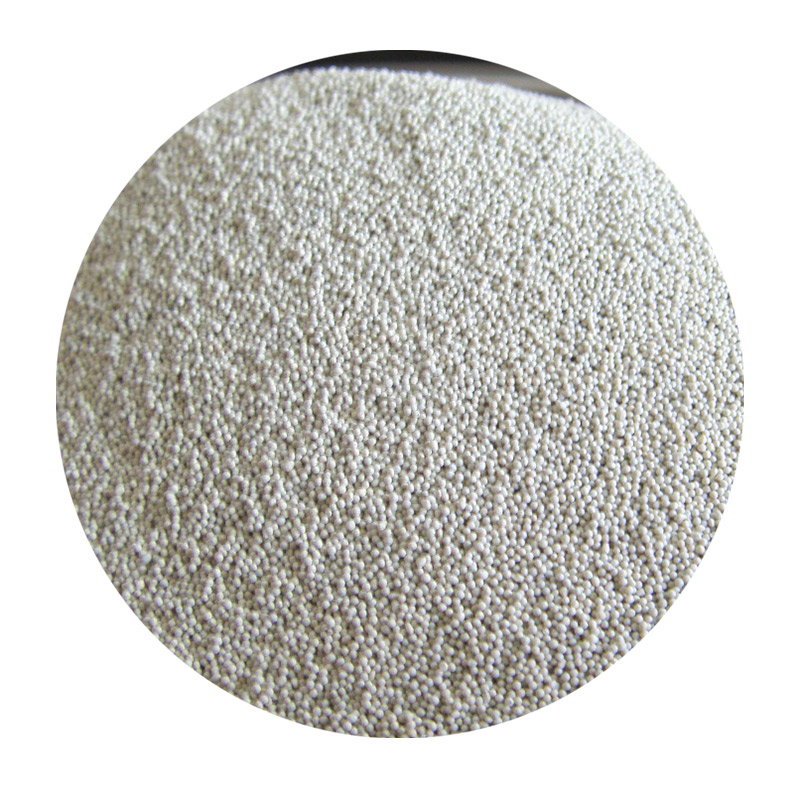Understanding Sand Casting 101 A Beginner's Guide
Sand casting is one of the oldest and most widely used metal casting methods in manufacturing today. Its simplicity and versatility make it a popular choice for producing intricate shapes and components from a variety of metals. This article aims to provide an overview of sand casting, covering its process, advantages, and applications.
The Sand Casting Process
The sand casting process begins with the creation of a pattern, which is a replica of the final component. This pattern is typically made from wood, metal, or plastic, and it serves as a template for the mold. The pattern is placed in a molding box, and sand mixed with a binder is packed around it. The sand needs to be compacted firmly to maintain its shape.
Once the sand has set, the pattern is removed, leaving a cavity in the shape of the desired part. This cavity is then filled with molten metal, which is poured in through a gating system that includes runners and risers to control the flow and ensure complete filling of the mold. After the metal cools and solidifies, the mold is broken open to retrieve the cast component.
Types of Sand Used
The type of sand used in sand casting is critical to the quality of the final product. Green sand, which is a mixture of silica sand, clay, and moisture, is commonly employed as it is easily compacted and reused. Other materials such as resin-coated sand are also utilized for specific applications that require greater precision or surface finish.
Advantages of Sand Casting
sand casting 101

One of the most significant advantages of sand casting is its flexibility. It can accommodate various metal types, including aluminum, iron, and magnesium, making it suitable for a wide range of applications. The process is also cost-effective for low to medium production runs, as it does not require expensive tooling or equipment.
Another benefit of sand casting is the ability to create complex geometries that may be challenging for other manufacturing processes. It allows for the production of large components, which might be unfeasible with alternative casting methods. Additionally, sand casting can be easily scaled for production, making it a go-to option for both prototypes and high-volume manufacturing.
Applications of Sand Casting
Sand casting is widely used across various industries. In the automotive sector, it is employed to manufacture engine blocks, cylinder heads, and transmission cases. Similarly, the aerospace industry utilizes sand casting for components requiring lightweight yet durable materials. In addition, sand casting is used in the construction of machinery, heavy equipment, and even artistic sculptures.
The process is not limited to industry; hobbyists also leverage sand casting for creating custom projects. With the right materials and techniques, individuals can produce unique castings for personal use or artistic endeavors.
Conclusion
Sand casting is a fundamental method in the world of manufacturing, merging tradition with modern technology. Its simplicity, cost-effectiveness, and ability to produce complex shapes make it an enduring choice for various applications across multiple industries. Whether you are an engineer, a hobbyist, or simply someone interested in the art of metalworking, understanding the principles of sand casting is essential. As you delve deeper into this fascinating process, you'll appreciate the craftsmanship and innovation that goes into every single cast component.
Post time:ธ.ค. . 05, 2024 14:45
Next:በሞት እና በአሸዋ መፍረስ መካከል መለያየት::
